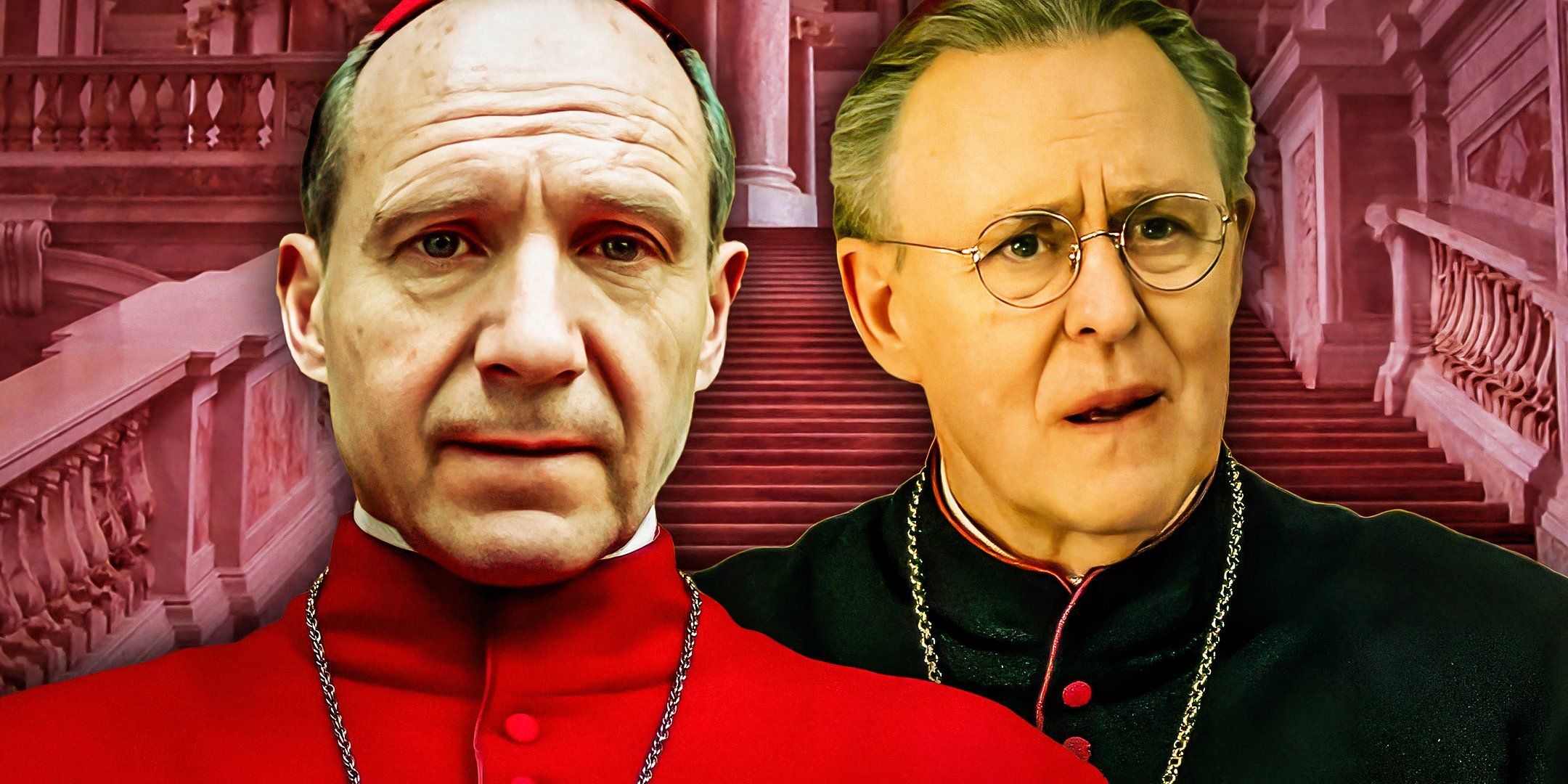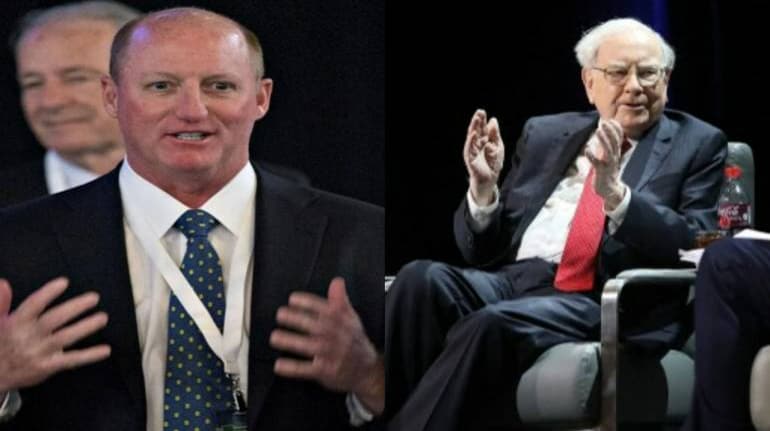How The Pope Is Elected: The Conclave Process Explained

Table of Contents
The Prerequisites for a Papal Conclave
Before the Papal Conclave can commence, several crucial prerequisites must be met. The process begins with the declaration of sede vacante—the vacant See—signifying the end of one papacy and the beginning of the search for a new leader. This declaration officially opens the path to the election of a new Pope.
-
Death or Resignation of the Previous Pope: The death or resignation of the reigning Pope triggers the beginning of the sede vacante. The death of a Pope, historically a highly significant event, initiates a period of mourning and reflection within the Catholic Church. A resignation, a relatively recent development in Papal history, also leads to the commencement of the conclave process.
-
Official Announcement of the Vacancy: The College of Cardinals is officially notified of the vacancy, marking the formal start of the election procedure. This announcement initiates a period of prayer and reflection for the cardinals, as they prepare for the momentous task ahead.
-
The Period of Mourning and Preparation: A period of mourning and reflection follows the announcement. This allows the cardinals time to contemplate the qualities needed in the next Pope and to prepare spiritually for the upcoming conclave.
-
Gathering of Eligible Cardinals: Cardinals from around the world gather in Rome, ready to participate in the conclave. Only cardinals under the age of 80 are eligible to vote. This gathering marks the culmination of the preparatory phase and the imminent start of the election process itself.
The Role of the Cardinals in the Pope Election
The cardinal electors are the heart of the Pope election process. These men, chosen for their deep faith, theological expertise, and pastoral experience, hold the responsibility of selecting the next leader of the Catholic Church. Their role is crucial, demanding profound discernment and a commitment to the well-being of the global Catholic community.
-
Cardinal Electors Under the Age of 80: Only cardinals under 80 years of age are eligible to vote in the conclave. This age limit ensures the participation of cardinals who are physically and mentally capable of undertaking the demands of the process.
-
Their Role in the Pre-Conclave Meetings: Before the conclave begins, cardinals gather for meetings to discuss matters of church governance and to reflect collectively on the qualities required of the next Pope.
-
Their Participation in the Secret Ballots: The cardinals cast secret ballots, ensuring impartiality and preventing external influence during the voting process. The secrecy of the ballots is paramount to the integrity of the election.
-
The Importance of Maintaining Secrecy: The utmost secrecy is maintained throughout the conclave. This confidentiality ensures that the election process remains free from external pressures and undue influence, allowing for a more transparent and faithful choice.
The Conclave Location and Security
The Papal Conclave traditionally takes place in the Sistine Chapel within the Vatican City. This location is chosen for its historical significance and the secure environment it provides. Rigorous security measures are implemented to ensure absolute secrecy and prevent any interference.
-
Seclusion Within the Vatican: The cardinals are confined within the Vatican during the conclave, limiting their contact with the outside world. This isolation ensures that the election process is not influenced by outside factors.
-
Strict Communication Restrictions: Communication with the outside world is strictly limited to prevent any external interference in the election. This strict protocol helps preserve the integrity and secrecy of the conclave.
-
Security Personnel and Surveillance: Security personnel monitor the conclave to maintain order and prevent any unauthorized access. This stringent security protocol guarantees a secure and controlled environment.
-
The Importance of Maintaining Absolute Secrecy: The absolute secrecy surrounding the conclave is essential to ensuring the freedom and fairness of the election process. The confidentiality of the proceedings prevents external pressures or manipulations from influencing the cardinals' votes.
The Voting Process and Election of the Pope
The voting process is a carefully orchestrated procedure. Each cardinal casts a secret ballot, and the ballots are then counted by scrutineers. A two-thirds majority is required to elect a new Pope.
-
Secret Ballots and Their Significance: The secret ballots are crucial to the integrity of the election, ensuring that no cardinal feels undue pressure to vote in a particular way.
-
The Role of the Scrutineers: The scrutineers count the votes and announce the results. They play a vital role in ensuring the transparency and accuracy of the voting process.
-
Announcing the Results: The result of each ballot is announced, and if no candidate achieves the two-thirds majority, the process continues with further ballots.
-
The "Fumata Bianca" (White Smoke): White smoke from the Sistine Chapel chimney signifies the election of a new Pope, announcing the news to the world. Black smoke indicates that no Pope has been elected.
The Papal Inauguration and the Beginning of the Papacy
Once a Pope is elected, the inauguration ceremony formally begins the new papacy. This event, steeped in tradition and symbolism, marks a significant moment for the Catholic Church worldwide.
-
The Official Papal Inauguration: The official inauguration ceremony takes place, where the newly elected Pope is formally installed as the head of the Catholic Church.
-
The Papal Mass and Its Symbolism: The Papal Mass is a significant event, representing the new Pope’s commitment to his role and the continuation of the Church's mission.
-
First Address to the Faithful: The new Pope addresses the world, outlining his vision for the Church and his priorities for his papacy.
-
The Beginning of the New Pontificate: The new Pope officially begins his ministry, embarking on the crucial task of leading the global Catholic community.
Conclusion
The election of a Pope through the Papal Conclave is a complex and fascinating process, steeped in centuries of tradition and weighted with global significance. The cardinal electors play a critical role, their wisdom and faith guiding them in selecting a leader for the Catholic Church. The secrecy surrounding the conclave ensures impartiality and protects the integrity of this crucial election. The election’s impact resonates throughout the Catholic world, shaping the direction of the Church for years to come. Learn more about the fascinating history and intricacies of the Pope election and the Papal Conclave process. Explore further resources on the Vatican website and other reputable sources to deepen your understanding of this unique event. Discover more about the next Papal Conclave and its implications for the global Catholic community.

Featured Posts
-
 How Middle Management Contributes To A Thriving Company Culture And Employee Development
May 07, 2025
How Middle Management Contributes To A Thriving Company Culture And Employee Development
May 07, 2025 -
 The Importance Of Middle Managers Bridging The Gap Between Leadership And Employees
May 07, 2025
The Importance Of Middle Managers Bridging The Gap Between Leadership And Employees
May 07, 2025 -
 Simone Biles Debuts Dramatic Hair Transformation With Husband Jonathan Owens
May 07, 2025
Simone Biles Debuts Dramatic Hair Transformation With Husband Jonathan Owens
May 07, 2025 -
 Understanding Greg Abel Warren Buffetts Chosen Successor
May 07, 2025
Understanding Greg Abel Warren Buffetts Chosen Successor
May 07, 2025 -
 Snl 50 Jenna Ortegas Impressive Performance And Sabrina Carpenters Shout Out Gain Viral Attention
May 07, 2025
Snl 50 Jenna Ortegas Impressive Performance And Sabrina Carpenters Shout Out Gain Viral Attention
May 07, 2025
